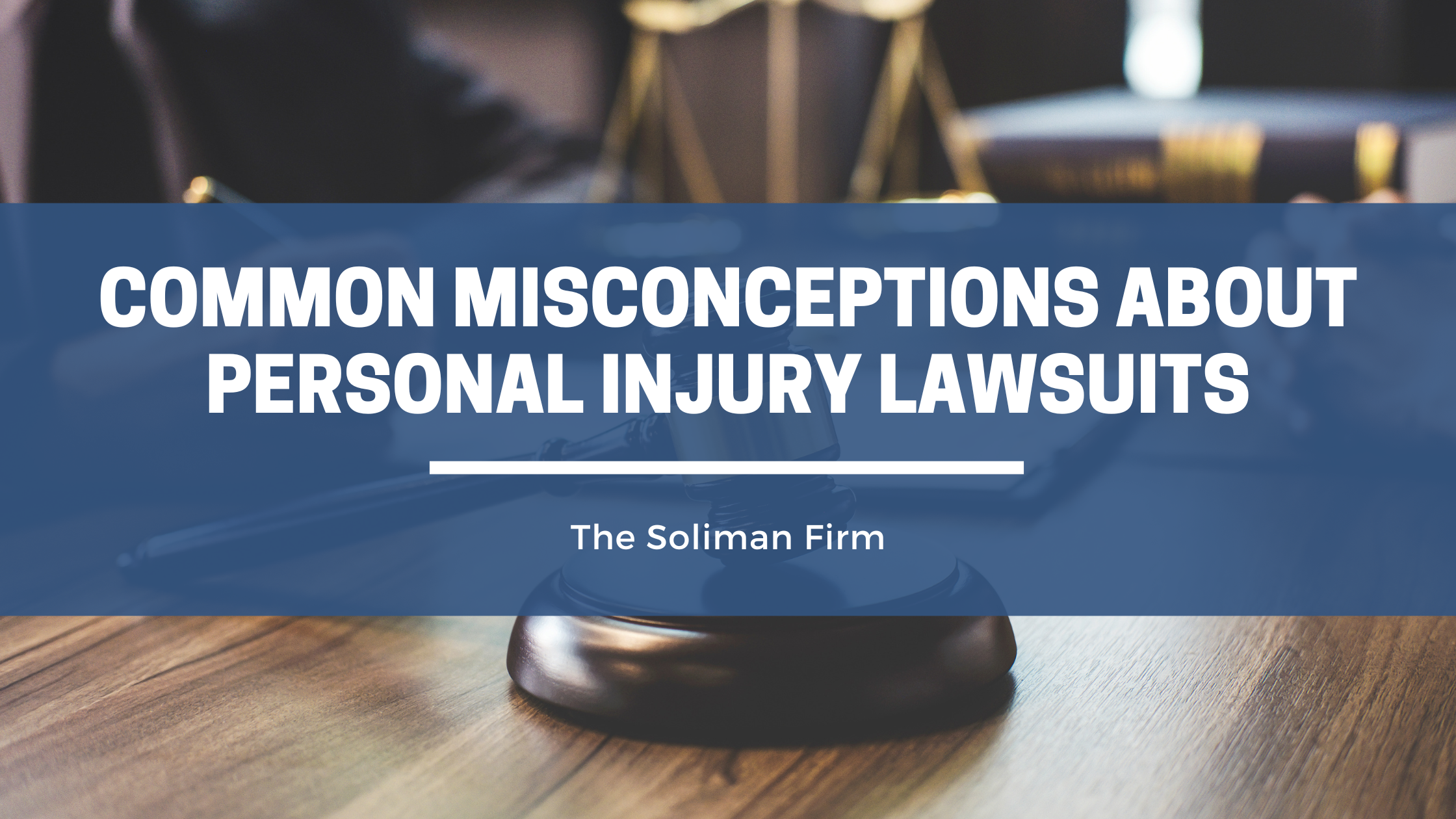
Personal injury lawsuits can be complicated and confusing. It can be hard to differentiate between facts and fiction—and many misconceptions exist about what a personal injury lawsuit entails. To help clear up some of this confusion, this blog will tackle four of the most common misconceptions about personal injury lawsuits.
You don’t need an attorney to file a personal injury lawsuit.
It is a common misconception that you don’t need an attorney to file a personal injury lawsuit. However, this could not be further from the truth. Personal injury cases are incredibly complex and require extensive knowledge and experience to navigate. An experienced personal injury lawyer can help guide you through the process and advise you on the best course of action for your case.
Your lawyer will work with you to ensure your claim is filed correctly and on time. They can handle the legwork involved in gathering evidence, developing a strong legal strategy, negotiating with insurance companies, and filing the necessary paperwork with the court.
In other words, having a qualified personal injury attorney on your side can help ensure that you receive the compensation you deserve.
The insurance company will take care of everything.
When filing a personal injury lawsuit, many people mistakenly believe that the insurance company will take care of everything. While insurance companies are required to provide compensation for any injuries sustained in an accident, they are not always quick to do so. In fact, the insurance company will often do whatever it can to minimize or deny any claims made against them.
This is why it is essential to have an experienced personal injury lawyer on your side to ensure you get the full and fair compensation you are entitled to. Your lawyer can negotiate with the insurance company on your behalf and ensure you get the best possible outcome for your case.
The sooner you file a lawsuit, the better.
When it comes to personal injury lawsuits, timing is everything. You want to file your suit as soon as possible to protect your rights and maximize your potential compensation. This is because California has a statute of limitations that sets a time limit on filing a claim—typically two years from the date of injury—and if you miss the deadline, you won’t be able to pursue legal action.
However, it is important to remember that filing a lawsuit does not guarantee a result. Even if you file within the time limit, there are still other factors to consider, such as the strength of your case and any evidence you may have. Your personal injury attorney can help you evaluate these factors and determine whether proceeding with a lawsuit just yet is in your best interest.
You have to go to trial to get compensated.
Many people think that the only way to get compensated for a personal injury is to go to trial. This is not necessarily true. In fact, most cases are settled before they reach trial. This is because both parties would rather resolve the issue without having to go through a lengthy and expensive process.
When it comes to personal injury claims, your attorney will typically negotiate with the insurance company or opposing party to try and reach a settlement before going to court. This is often much more cost-effective for both sides and results in a quicker case resolution.
However, if negotiations break down, your lawyer will be ready to take your case to trial to get you the compensation you deserve.
Contact an Orange County Personal Injury Lawyer Today
If you or a loved one has been injured due to someone else’s negligence in Orange County and need legal assistance, the Soliman Firm is here to help. Our team of experienced Orange County personal injury attorneys has the knowledge and resources needed to build a strong case and get you the justice and compensation you deserve. Call us at (714) 491-4111 or contact us online to schedule a free case evaluation.
